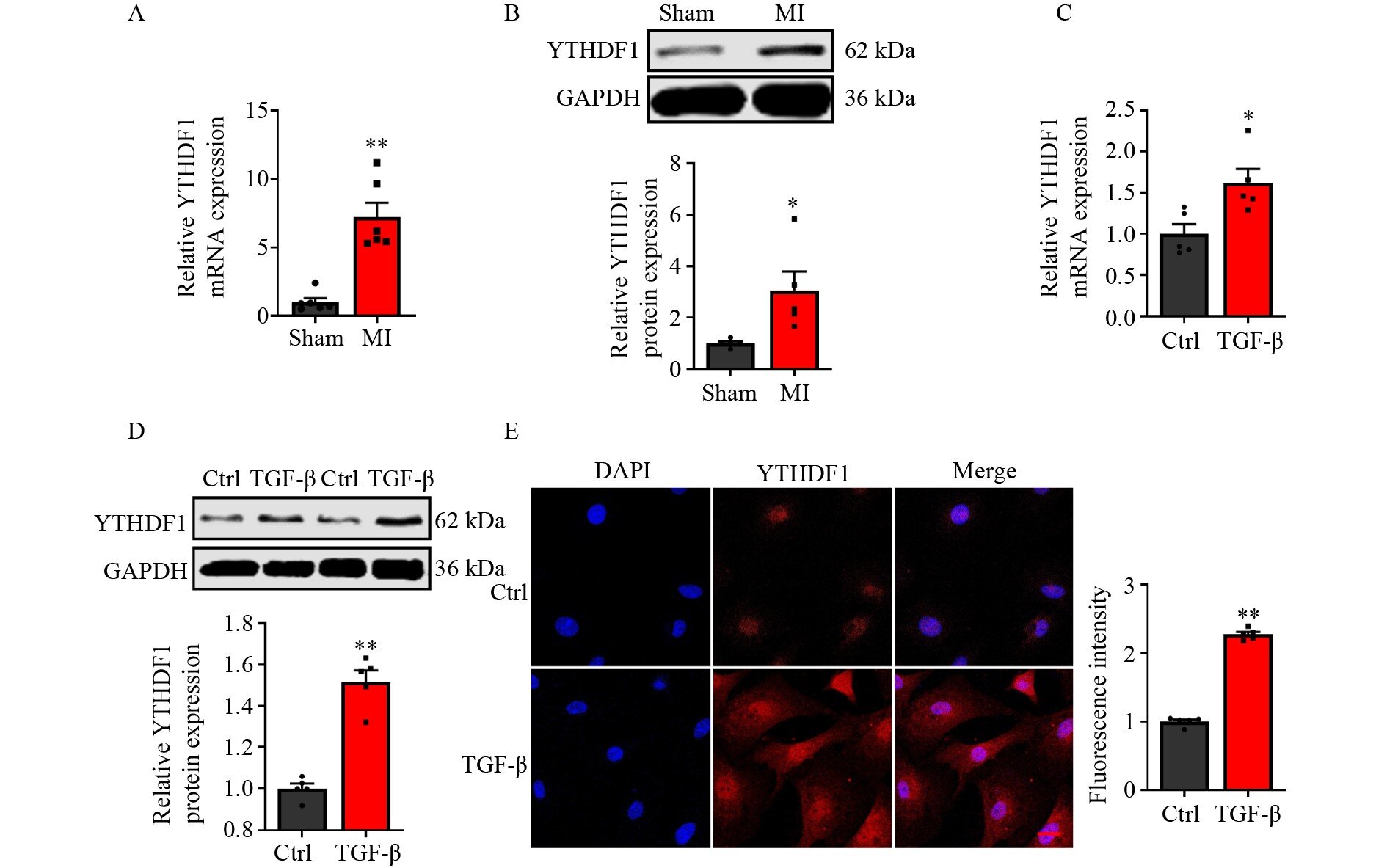
A team of biomechanical engineers at the University of New South Wales, working with a colleague from Queensland University of Technology and cardiac surgeons at St Vincent’s Hospital, Sydney, has developed an artificial human heart left ventricle (LV) that can be used for training heart surgeons and other doctors.
In their paper published in the journal Science Robotics, the group describes how the artificial LV was made, its features and possible uses for it.
Because the LV can be animated, the researchers describe it as a type of robot—one that can imitate the movements of an actual human heart. It is also adjustable, which means it can be configured to mimic the heart of a patient about to undergo heart surgery, allowing a surgeon to practice a procedure before heading into the OR.
To create the LV, the researchers gave themselves the goal of creating a device that could simulate all the types of motion that occur in a real heart, including those that involve radial motion. To create such a device, they attempted to replicate the three basic muscle types in the human heart.
The LV they created has three layers meant to imitate the epicardium, the transmural and the endocardium—all made using “tunable hydraulic filament artificial muscle fibers.” Doing so allowed them to customize heart muscle density, the angles of the fibers that connect the muscles together and its ventricular shape. The LV is also able to pump simulated blood.
Testing of the device has been done by connecting it to hoses that carry the artificial blood in a loop. Surgeons at St Vincent’s Hospital tested for compatibility with real human hearts, by evaluating the device as it was held still and while beating, pushing blood through the hoses. In so doing, they found the LV capable of faithfully simulating the actions of a real human heart.
The team also tested the device’s ability to be configured in ways that mimic heart conditions requiring medical intervention and to respond in ways the human heart would as it was fixed by a surgeon, including fitting the LV with an intra-aortic balloon pump as it was beating.
The team concludes by claiming that their device is a much better training aid than other artificial hearts available now, and expect it to become a tool used by clinicians, instructors, and students learning to treat heart ailments.
More information:
James Davies et al, Soft robotic artificial left ventricle simulator capable of reproducing myocardial biomechanics, Science Robotics (2024). DOI: 10.1126/scirobotics.ado4553
© 2024 Science X Network
Citation:
Artificial left ventricle mimics the shape and function of the human heart (2024, October 2)
retrieved 6 October 2024
from https://medicalxpress.com/news/2024-10-artificial-left-ventricle-mimics-function.html
This document is subject to copyright. Apart from any fair dealing for the purpose of private study or research, no
part may be reproduced without the written permission. The content is provided for information purposes only.


